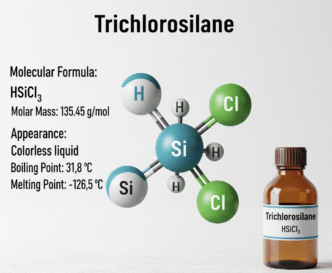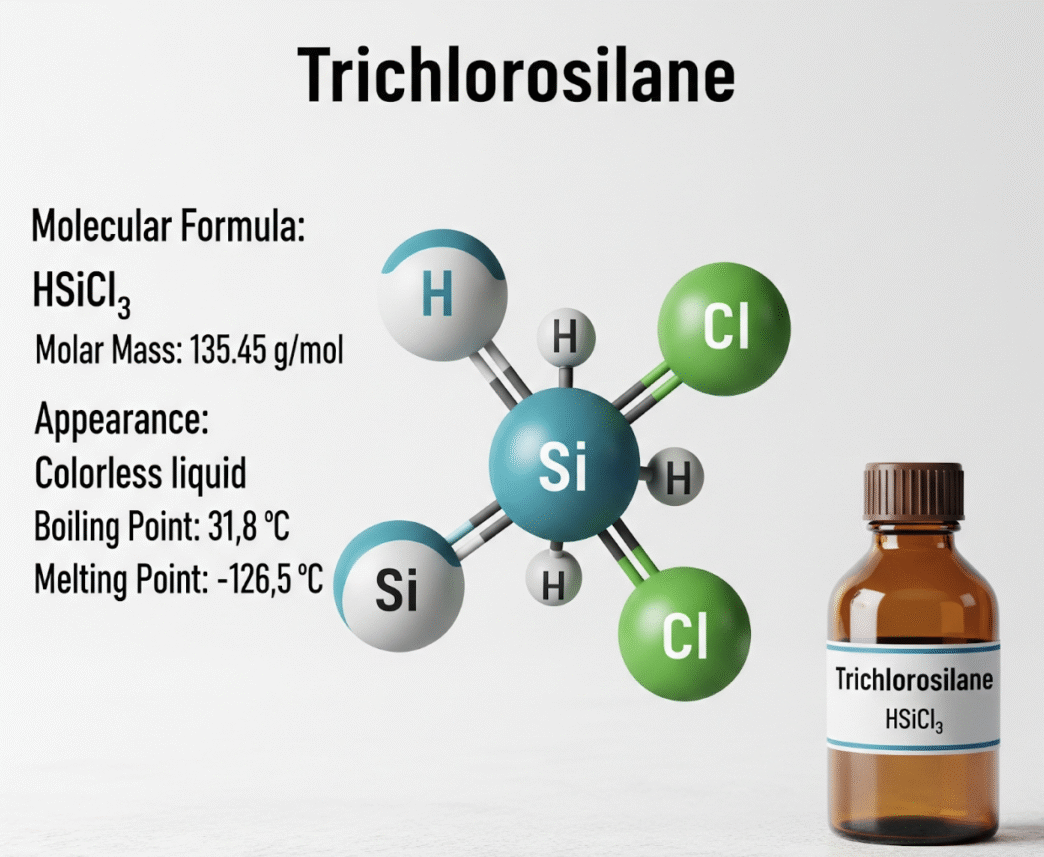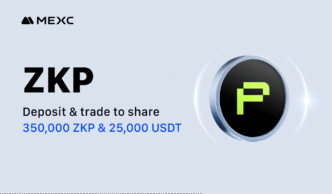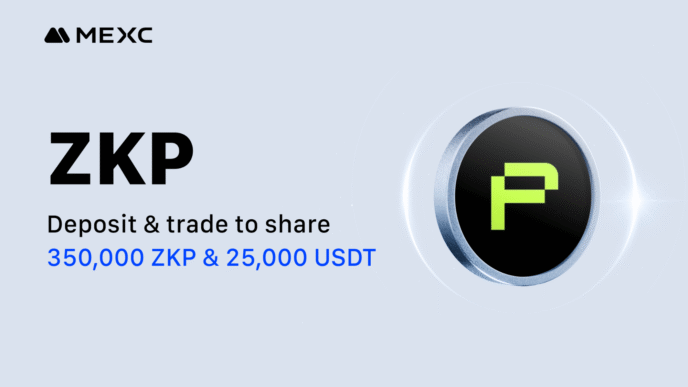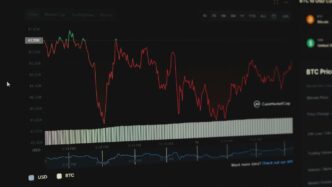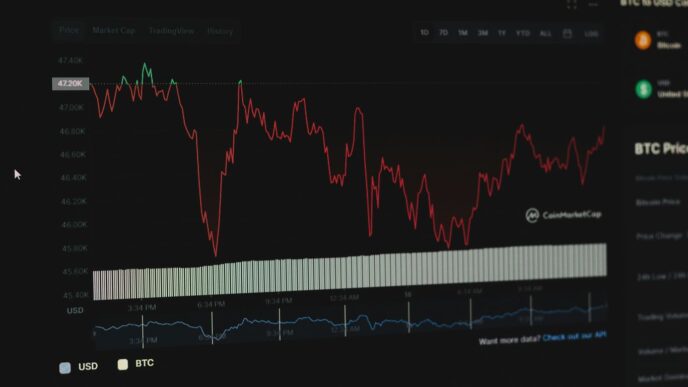The Global Trichlorosilane Market was valued at USD 6.9 billion in 2024 and is projected to grow at a CAGR of 11.5%, reaching approximately USD 18.6 billion by 2034. Trichlorosilane (HSiCl₃) is a volatile, colorless liquid primarily used in the production of high-purity polysilicon, which serves as a fundamental raw material for semiconductors and solar photovoltaic (PV) cells. It is also utilized in the synthesis of silicon-based chemicals, silanes, and silicones. Owing to its critical role in the renewable energy sector and the electronics industry, trichlorosilane has emerged as a material of global significance.
What is Trichlorosilane and How is it Used?
Trichlorosilane is a chlorosilane compound that reacts readily with water, making it essential in silicon chemistry. Its primary applications include:
- Polysilicon Manufacturing – A key precursor in producing high-purity silicon for solar PV panels and semiconductors.
- Semiconductor Industry – Used in wafer processing and integrated circuit production.
- Silane Gas Production – A raw material for producing silane, widely used in electronics and thin-film solar cells.
- Silicone Production – Forms the backbone of various silicones used in construction, automotive, and consumer goods.
With rising global demand for solar energy and electronics, trichlorosilane consumption has seen a steady surge over the past decade.
Market Size and Growth Potential
- 2024 Valuation: USD 6.9 Billion
- 2034 Forecast: USD 18.6 Billion
- CAGR (2025–2034): 11.5%
The robust growth is largely attributed to:
- Solar Energy Boom – Increasing adoption of renewable energy, especially solar PV, is boosting trichlorosilane demand for polysilicon production.
- Semiconductor Expansion – The rapid growth of consumer electronics, AI chips, and EV components is driving silicon wafer demand.
- Industrial Applications – Broader use of silicones in automotive, construction, and healthcare sectors adds to growth.
Recent Industry News and Developments
- GCL-Poly Energy Holdings announced new investments in high-purity trichlorosilane production facilities to secure raw materials for solar-grade polysilicon.
- Wacker Chemie AG is expanding its production capacity in Europe, focusing on energy-efficient trichlorosilane processes to reduce carbon footprint.
- Hemlock Semiconductor has strengthened its supply contracts with solar cell manufacturers in the United States amid rising demand for domestic solar capacity.
- OCI Co. Ltd. recently launched initiatives in South Korea to expand production lines for semiconductor-grade polysilicon using advanced trichlorosilane purification techniques.
- REC Limited is working with renewable energy developers to ensure steady trichlorosilane supply for next-generation solar PV manufacturing.
These developments underline the growing importance of supply security, sustainability, and regional self-reliance in the global trichlorosilane market.
Get Study Preview Here: https://www.prophecymarketinsights.com/market_insight/Insight/request-sample/1215
Key Companies in the Trichlorosilane Market
The competitive landscape is moderately consolidated, with global leaders and regional specialists focusing on capacity expansion, technological innovation, and long-term contracts. Major players include:
- GCL Company – A leading Chinese supplier of solar materials, scaling trichlorosilane production to meet PV demand.
- Wacker Chemie AG – German multinational with a strong focus on sustainable trichlorosilane production processes.
- Hemlock Semiconductor Corporation – U.S.-based company ensuring polysilicon supply for semiconductor and solar sectors.
- OCI Co. Ltd. – A South Korean giant actively investing in high-purity polysilicon and trichlorosilane.
- TBEA Co., Ltd. – Diversified Chinese conglomerate with strong presence in solar materials.
- REC Limited – An integrated renewable energy player ensuring end-to-end solar supply chain presence.
- SunEdison, Inc. – Known for its role in solar innovation and materials, including trichlorosilane supply.
- Yongxiang Corp. – A leading Chinese player with significant trichlorosilane production capacity.
- Evonik Industries AG – German chemical giant investing in silicon chemistry and specialty materials.
- Tokuyama Corp. – A Japanese firm with expertise in high-purity silicon for semiconductors and solar.
Regional Outlook
- Asia-Pacific: Dominates global demand, particularly from China, South Korea, and Japan, due to their large solar PV and semiconductor manufacturing bases.
- North America: Strong growth in solar capacity installations in the U.S. and government incentives for domestic semiconductor production.
- Europe: Increasing emphasis on renewable energy targets and sustainable manufacturing practices.
- Middle East & Africa: Emerging opportunities in renewable energy projects supported by government policies.
Business Relevance and Strategic Insights
The trichlorosilane market holds strategic importance for both established corporations and startups:
- For Startups & SMEs: Opportunities exist in high-purity trichlorosilane supply, recycling solutions, and eco-friendly production technologies.
- For Investors: The long-term growth of the solar PV and semiconductor industries makes this a highly attractive market segment.
- For Governments: Developing local trichlorosilane supply chains is essential to ensure energy security and technological independence.
As global trends push toward clean energy adoption, the trichlorosilane market is likely to see capacity expansion, strategic alliances, and green innovations.
Conclusion
The Global Trichlorosilane Market is poised for strong growth, fueled by the renewable energy revolution and semiconductor advancements. With its valuation set to almost triple from USD 6.9 billion in 2024 to USD 18.6 billion by 2034, the market represents a critical link in the clean energy and digital economy.
Leading players such as GCL, Wacker Chemie, Hemlock Semiconductor, and OCI are strengthening production and sustainability efforts, while regional suppliers are scaling up to meet local demand. Companies that invest in green chemistry, advanced purification, and supply chain resilience will gain a competitive edge in this fast-evolving sector.
✅ Author: Shweta R., Business Development Specialist at Prophecy Market Insights

